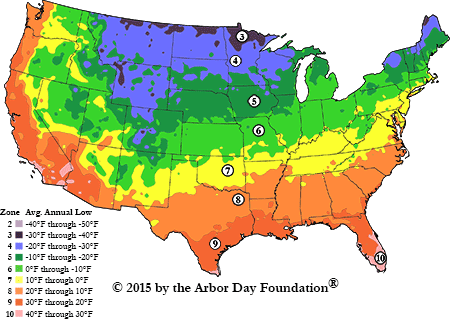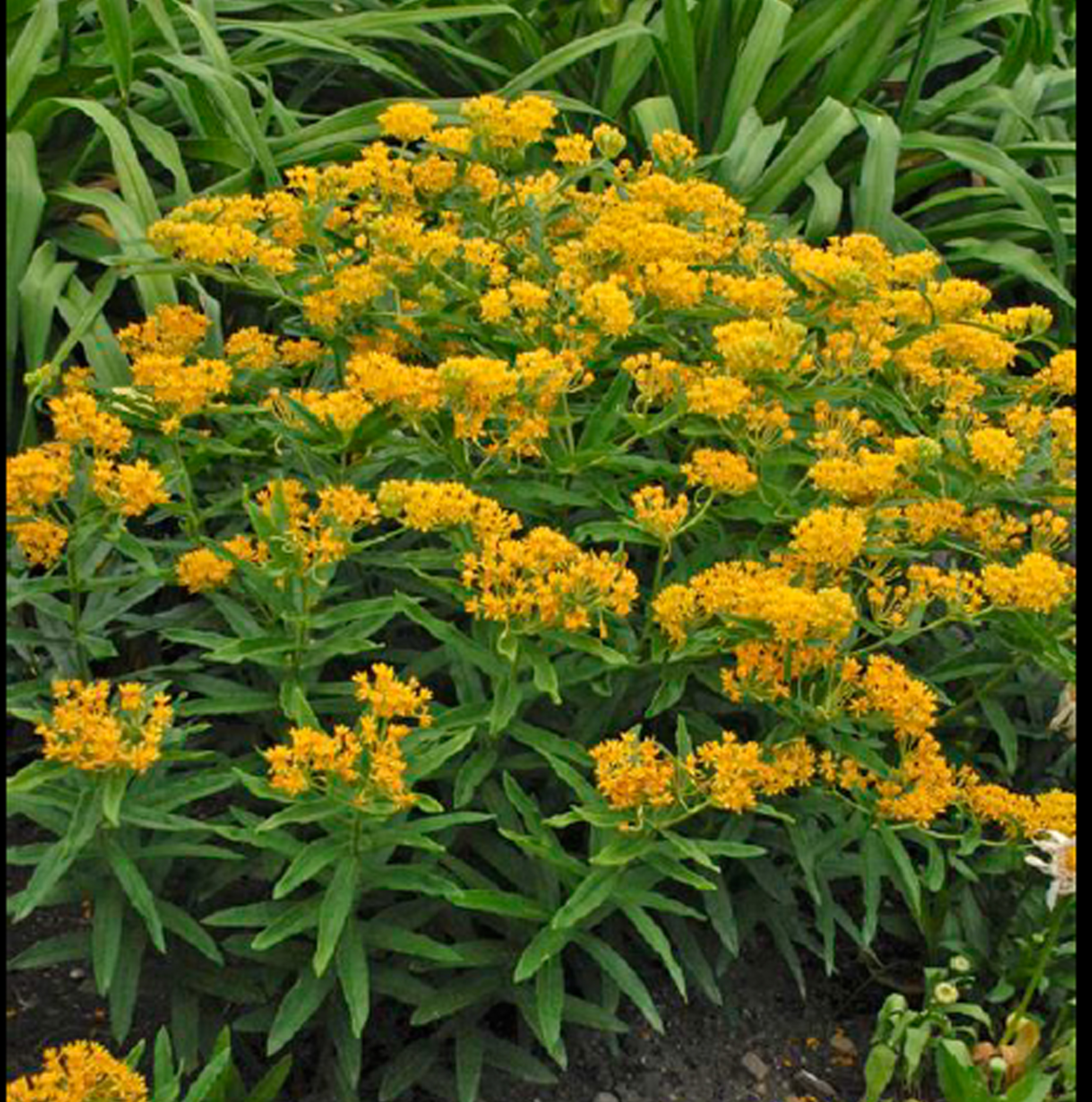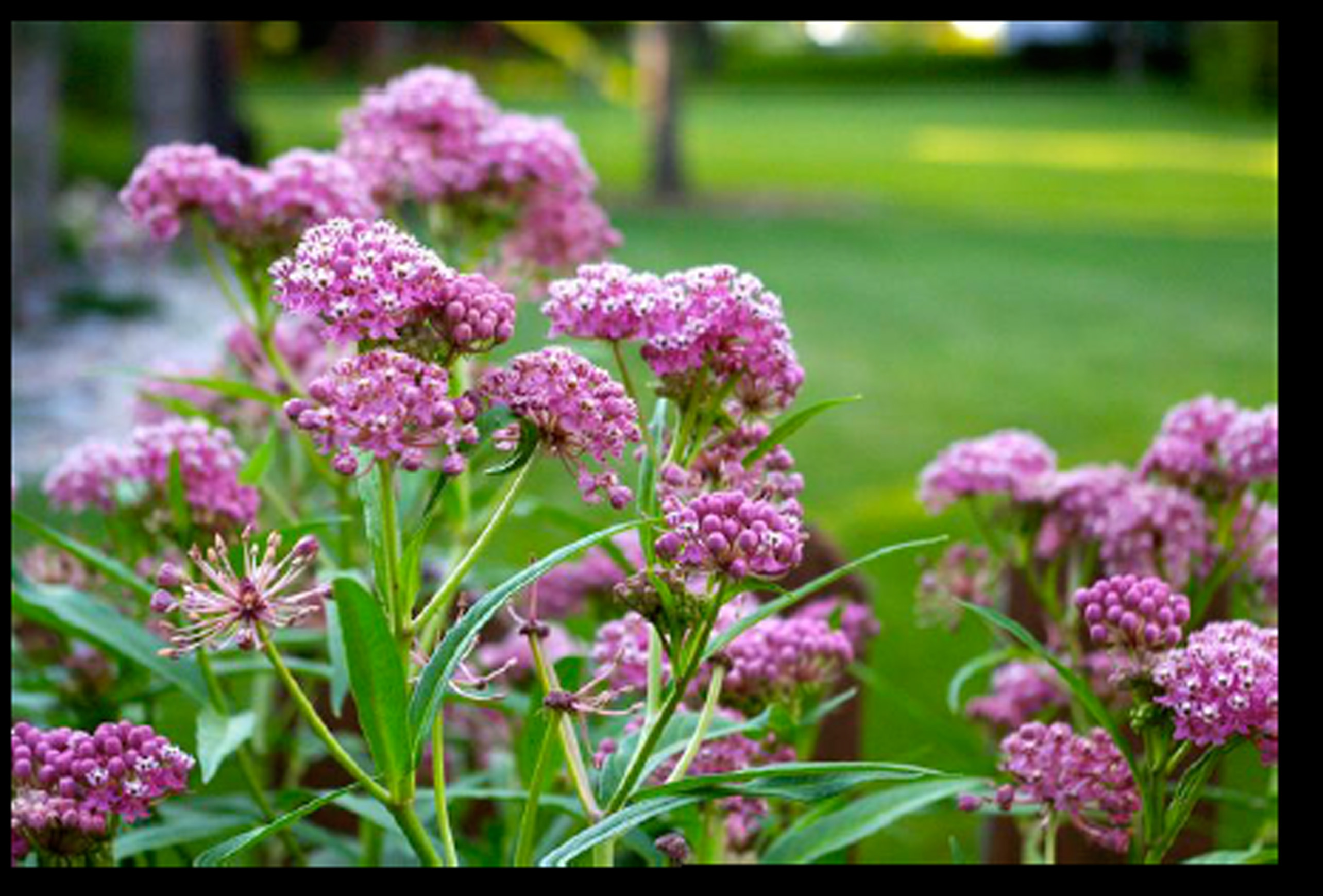By Sandra Nelson
In the last few years I have come to understand how important it is to make my garden inviting for pollinators such as bees and butterflies. Pollination by bees help support the four crops that make up 90% of the world’s food production while butterflies also act as pollinators and are important visual indicators of a healthy ecosystem. With loss of habitat as one of their major challenges, including a butterfly garden in your planting plan can make a significant difference to not just their survival, but to their abundance.
There are dozens of plant varieties appropriate for butterfly gardens; the group we are presenting is simply a starting point. I hope that you enjoy browsing through this list and that it provides some inspiration for your own garden. I’ve included a Zone Hardiness Map at the end for your convenience. Enjoy the images!
ALLIUM – ORNAMENTAL ONION
It’s highly fragrant foliage reminds you of summer! Perennial Allium grows in upright clumps that spread 10 to 15 inches. It has thin dark green, glossy foliage and in midsummer bears 2 inch bright, pinkish-lavender flowers. It isn’t fussy about soil or water and will flourish in full or part sun. Neither rabbits or deer seem to be attracted to it. Hardy in zones 4 – 8.
ASCLEPIAS – MILKWEED
Milkweed has been considered one of the gold standard plants for butterflies, hummingbirds, bees and other pollinators. These three cultivars are no exception. Requiring little tending, they can thrive for years in full sun and with a range of soil conditions from poor to fertile. Cinderella and Ice Ballet are considered average in their water requirements. Hello Yellow even withstands drier conditions. They bloom from early to late summer and if they are deadheaded, they will have another bloom cycle in about a month. After blooming, green fruit develop and the seeds appear on long, silvery-white silky threads. Milkweed are excellent cut flowers, especially if you sear the stems to stop the flow of the milky sap from flowing. As an added benefit, each variety is deer resistant. Hardy in zones 3 – 9.
ECHINACEA – PURPLE CONEFLOWER
Purple coneflowers aren’t just purple anymore. Another mainstay in the garden, today coneflowers are valued for the plethora of brightly colored flowers they consistently produce on sturdy stems. Coneflowers are available in a wide range of colors and bloom sizes. They love 6 or more hours of direct sun but will also do well in only 4 – 6 hours of direct sun. Most coneflowers begin blooming in midsummer and will continue blooming into the latter part of the summer. They can tolerate a variety of soil conditions, but prefer average or drier water conditions. Consider leaving spent blooms on the plants in the fall; birds will flock to them for the seed. The slightly fuzzy foliage tends to repel deer. Most hardy in zones 4 – 9; a few varieties hardy in zone 3.
MONARDA – BEE BALM
This native plant, whose development has earned it a place in the butterfly garden, is a prime choice for the middle of the bed . Unlike older varieties, newer varieties show a marked resistance to powdery mildew and less of a tendency to take over the bed. Some varieties are perfect for containers. They will work well in full or part shade and average soil conditions. Monarda needs and average amount of water, but consistency is the key to keeping plants at their best. They have a strong midsummer bloom season. Most monarda varieties have aromatic foliage that makes it deer resistant; bees are especially fond of monarda. Hardy in zones 4 – 8.
PHLOX
Grandmother’s garden always had gorgeous, stately stands of phlox blooming in April and May. Today’s varieties are just as gorgeous, but have longer bloom times, amazing colors and an assortment of sizes. They are also much more resistant to powdery mildew than previous varieties. Phlox does need full sun, average to good soil and consistent water. This is another plant that is particularly great for bees as well. Most are hardy in zones 4 – 8, but some varieties are hardy in zone 3.

Hardiness Zone Map










